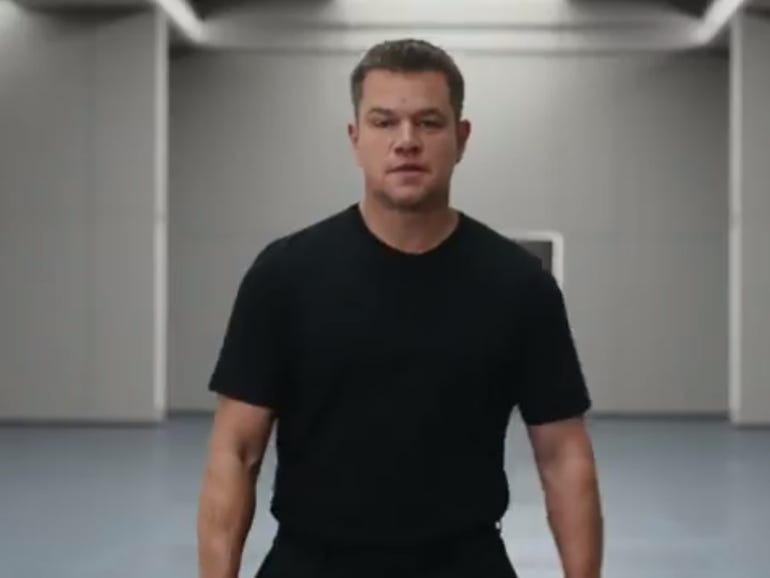‘You have one chance at a good experience’ – TechCrunch
Fundraising is often presented as the most important step on a founder’s journey, but that is placing the cart before the horse.
Until a company builds a growing base of customers who are deeply engaged with its products, asking investors for money is a largely egotistical exercise. After a startup reaches product-market fit, however, savvy investors might compete for a chance to participate.
Achieving product-market fit is not a linear process, which means each company must find its own way, according to Frederique Dame, an investing partner with GV who previously led product and engineering teams at companies like Uber, Smugmug, and Yahoo. In her capacity as partner, she offers portfolio companies’ founders a range of services that includes advising them on recruiting, marketing and comms, and product development.
In a fireside chat at TechCrunch Early Stage, we discussed her experience validating product ideas, gathering actionable customer data, creating user-centric work cultures, and handling some of the unique challenges that come with scaling teams from a few dozen people to several thousand employees.
At Uber, Dame led strategic programs that helped the company grow from 80 employees to 7,000, which included transitioning from spreadsheets to systems that created transparency and accountability. Early-stage employees are accustomed to using ad hoc processes to get their work done as they sprint for growth, so I asked how she approached the work from a cultural perspective.
Set aside your ego and listen closely to customers
Trust me with what you don’t know or what’s not working, because once we invest, we’re going to have to work on this stuff anyway. Frederique Dame
“I think that the first thing you need to do is hire people who have low ego and have low ego yourself,” she said. After Uber launched, early customers frequently encountered surge pricing because the platform wasn’t onboarding drivers quickly enough. In response, Dame directed members of the company’s separate rider and driver teams to focus on a single problem.
“We realized that there were multiple products that were conflicting … between onboarding drivers, internal systems, and [including] driver directions within the app,” Dame said. “It’s important to have driving directions, but if you have surge pricing every time you get into an Uber or if you cannot get an Uber, there is no point of having Uber.”
After doing driver outreach, it became clear that they hadn’t been listening closely to customers: In 2011, most drivers used flip phones with rudimentary web browsing capabilities. To sign up, many visited internet cafes that were not running the latest versions of Internet Explorer, Firefox, and Chrome.
“They were looking at an error page, and they were failing. Understanding the user journey of your customers and what you’re doing with your product is really, really important,” Dame said. “Be obsessive and talk to customers as much as you can.”
Test as many ideas as you can (without asking engineering for help)
To reach product-market fit, teams must iterate rapidly and repeatedly to gather customer data, but there’s an inexorable tension between the need to test new ideas and the desire to make sure that road maps shared with investors remain aligned with actual product pipelines.




